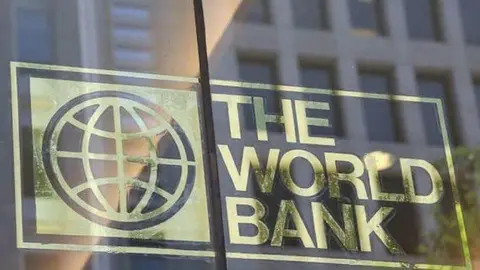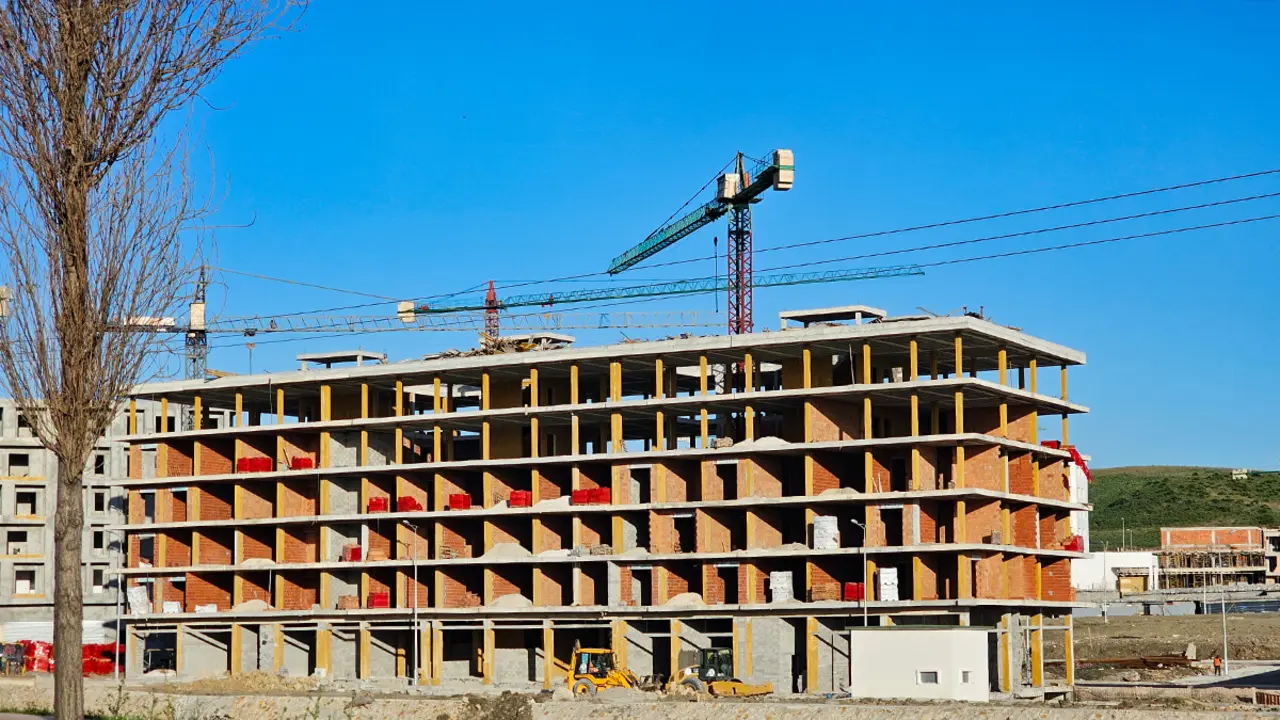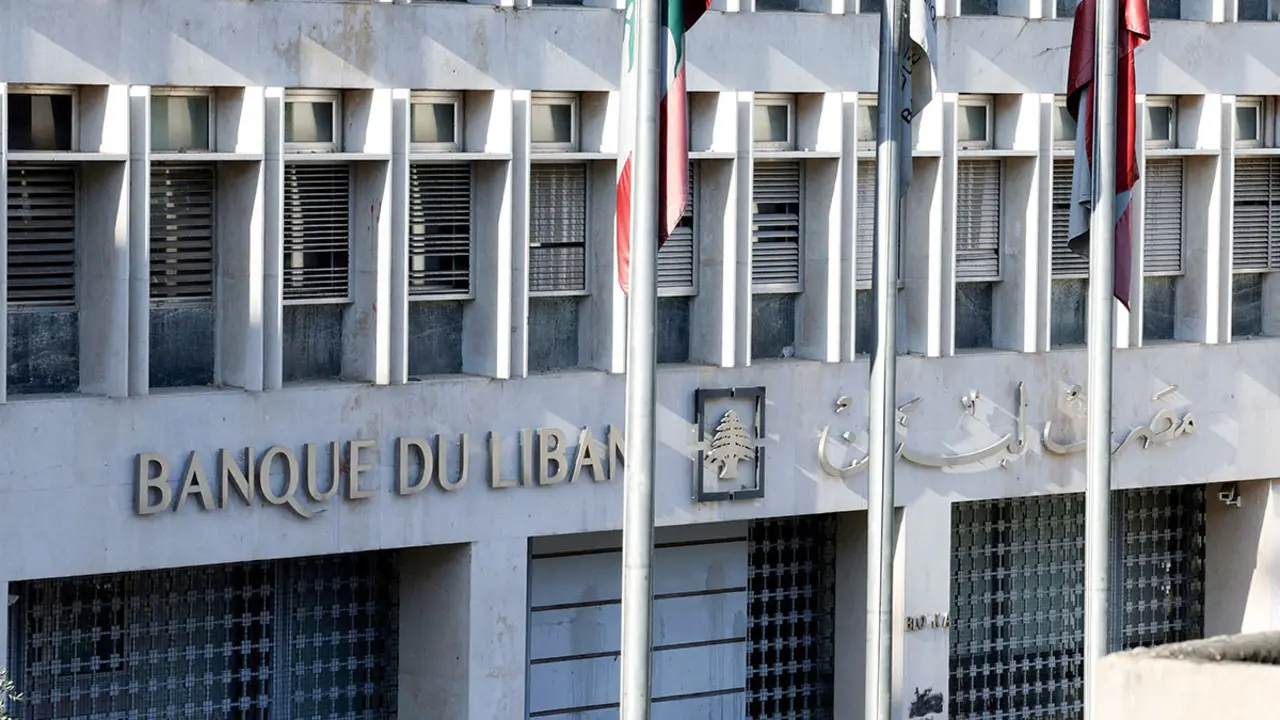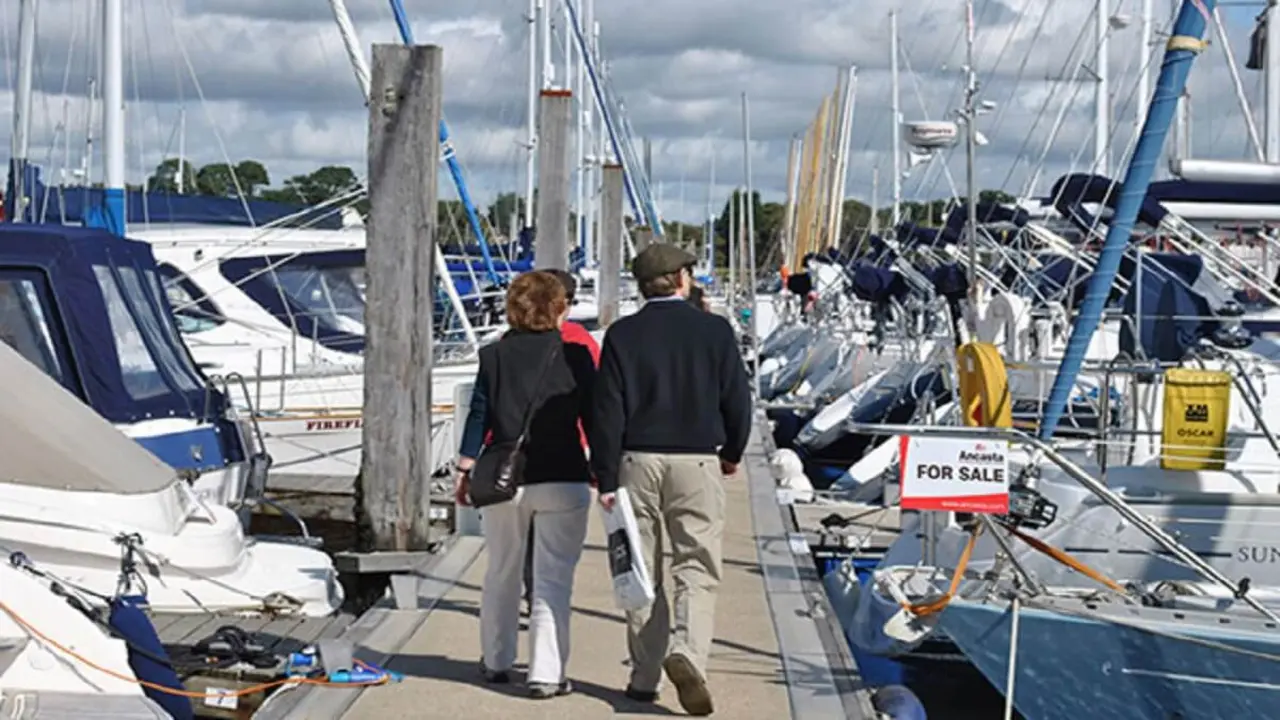Morocco begins work on the country's longest viaduct project

In a significant step towards sustainable development and infrastructure modernisation, Morocco has launched two key projects: the construction of a monumental viaduct and an ambitious water desalination plan. These projects not only demonstrate the country's commitment to efficient resource management, but also respond to the urgent need to improve road connectivity and ensure a stable water supply in a context of climate change.
In line with these initiatives, Nizar Baraka, Morocco's Minister of Equipment and Water, inaugurated the construction of the country's longest viaduct, reports Morocco World News. Located over the Sakia El Hamra River near Laayoune, this project is a key part of the Tiznit-Dajla highway and has an investment of 1.38 billion dirhams (approximately 139 million dollars).
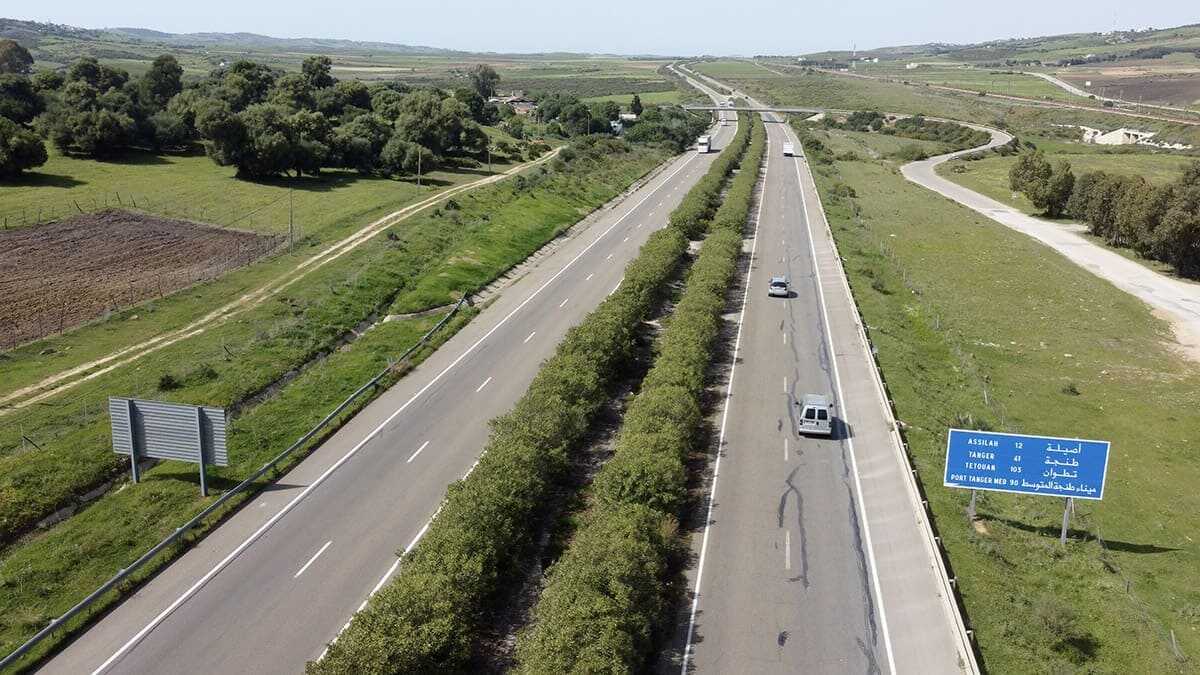
With a length of 1,648 metres and a width of 21.4 metres, the viaduct will take 40 months to complete and is designed to improve road safety, mitigate traffic disruptions caused by flooding and reduce the environmental impact on the region.
The start of construction coincides with the 25th anniversary of Throne Day, and significant progress on the Tiznit-Dajla motorway project, which has reached 97% completion, was presented during the ceremony. This development includes 980 kilometres of motorway and 15 major structures already open to traffic. In particular, the Tiznit-Guelmim section, with an investment of 2 billion dirhams, is 87% complete, while the Guelmim-Laayoune segment, 441 kilometres long, is already operational. The final section, Laayoune-Dajla, of 500 kilometres, has recently been completed, thus consolidating a vital network for the connectivity and economic development of the region. This is very important for the so-called southern provinces of Morocco.
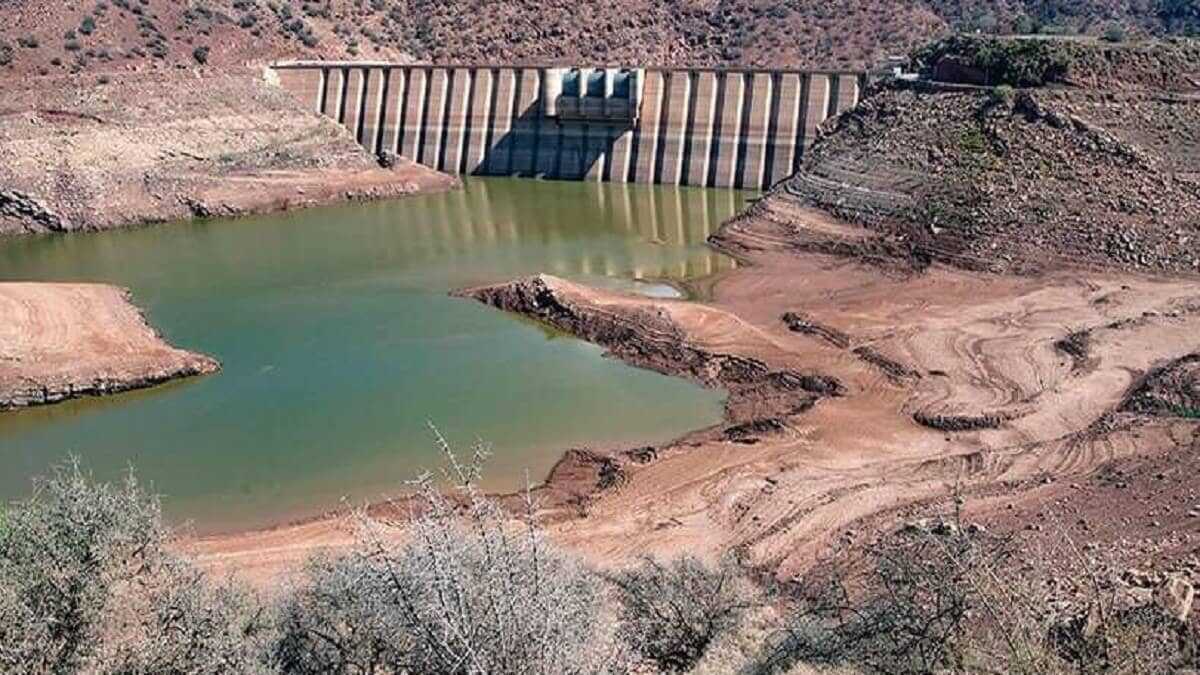
At the same time, Morocco is moving forward with an ambitious water desalination plan to address the structural water deficit caused by climate change, as reported by Smart Water Magazine. Baraka noted that by 2030, 50% of the country's drinking water supply will come from desalination plants, with an estimated production of 1.4 billion cubic metres per year. Of this amount, 560 million cubic metres will be managed by OCP for industrial uses, while the remaining 500 million cubic metres will be used for agriculture. The government has implemented a strategy that favours coastal areas with desalination plants, thus freeing up water from reservoirs for inland and rural areas, and ensuring adequate supplies for the agricultural sector.
This combination of road infrastructure improvements and water management reflects a comprehensive vision for Morocco's sustainable development. With these efforts, the country not only improves the quality of life of its citizens, but also positions itself as a leader in the region in climate change adaptation and sustainable resource management. These initiatives ensure a promising future for Morocco, strengthening its capacity to face environmental and socio-economic challenges.



